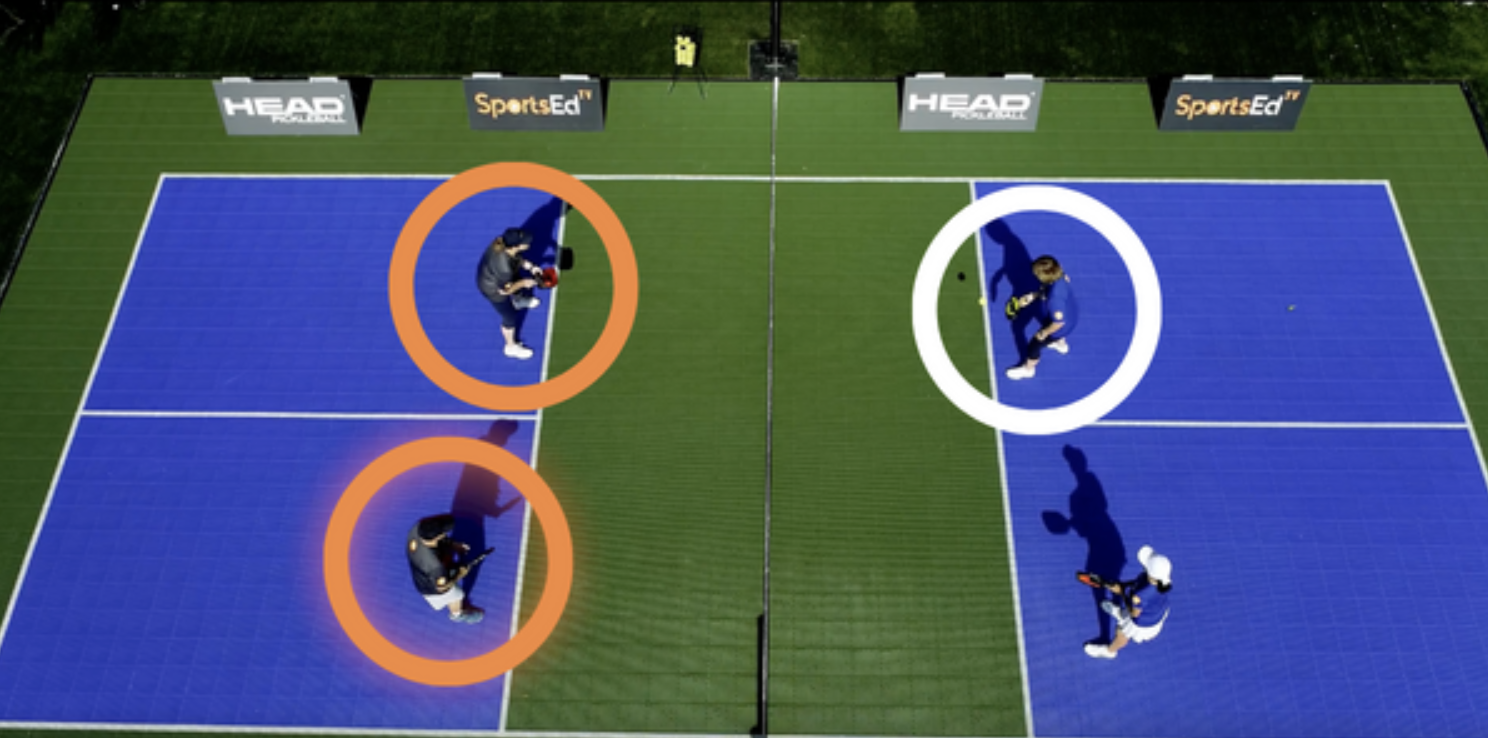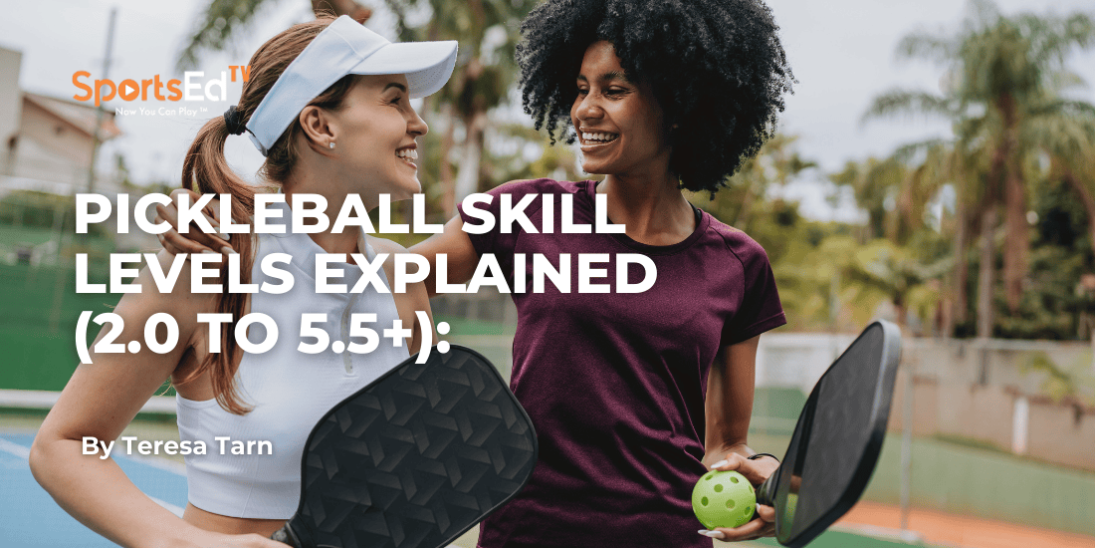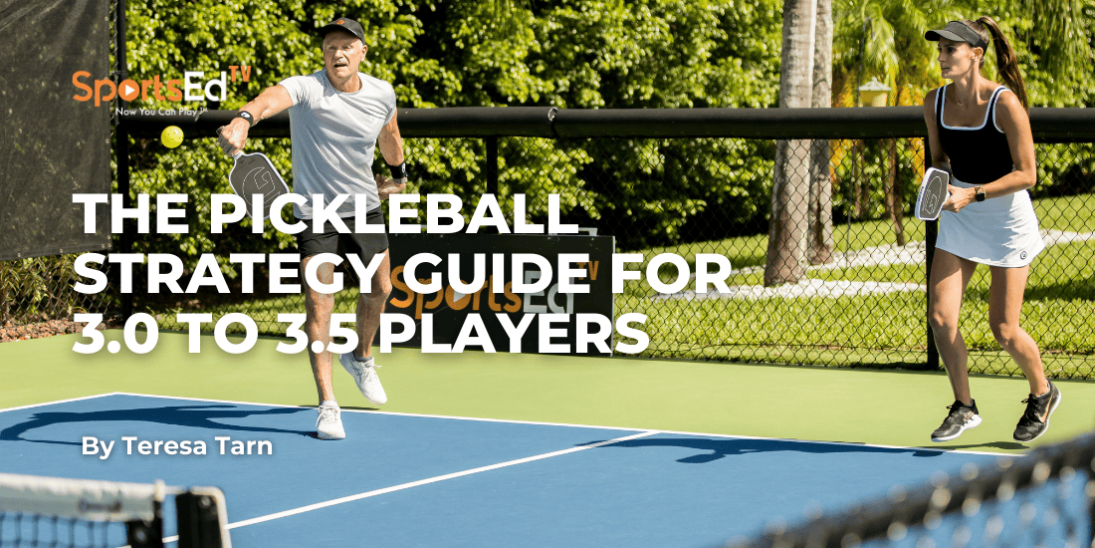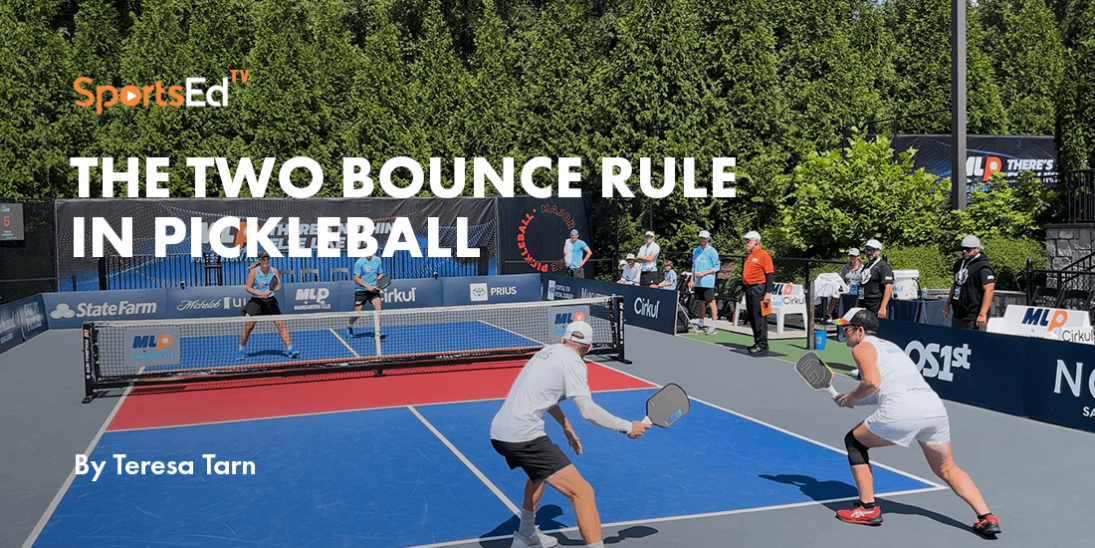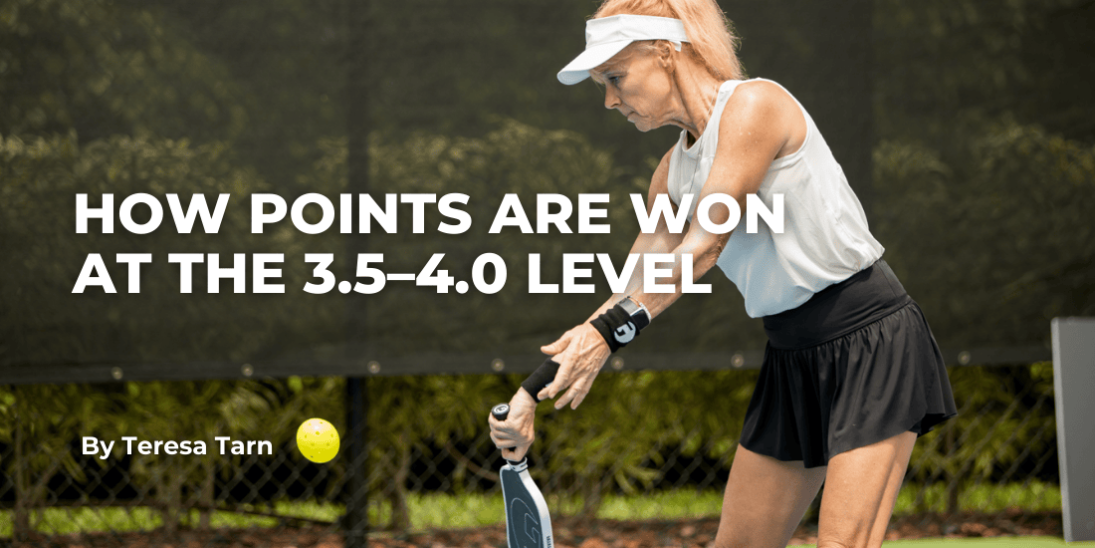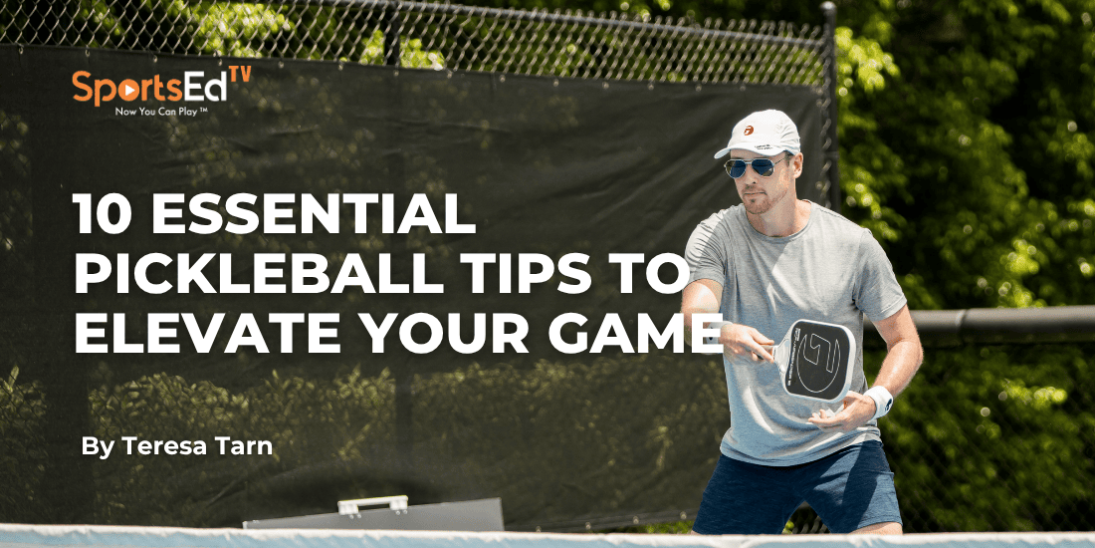Pickleball
Welcome and thanks for visiting...

How To Play Pickleball: Rules, Strategies, and Techniques
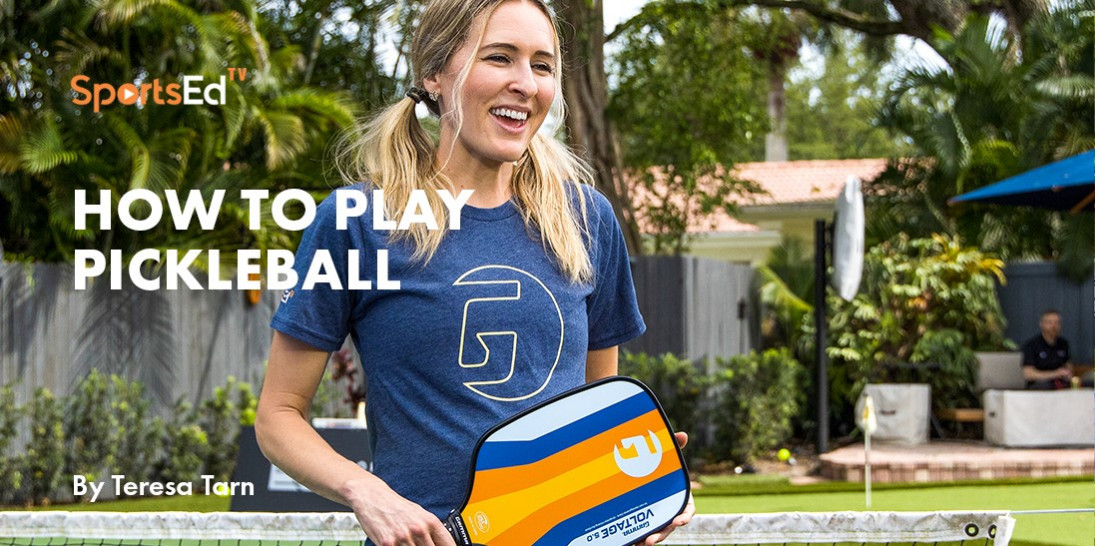
Are you looking for a fun and exciting way to stay active and socialize with friends? Look no further than pickleball, the fastest-growing sport in America! But if you're new to the game, you might be wondering, "What is pickleball, and how do I play?" Don't worry because we've got you covered. In this ultimate guide to pickleball, we'll cover everything you need to know to get started, including the rules of the game, basic strategies and techniques, equipment recommendations, and even tips for finding a local pickleball community. Whether you're a seasoned athlete or a complete beginner, this guide will help you improve your skills and have a blast on the court. So, let's grab our paddles and dive into the exciting world of pickleball!
Pickleball Court and Equipment
To get started with pickleball, you'll need to familiarize yourself with the court and the equipment. A pickleball court is similar in size to a badminton court, measuring 20 feet wide by 44 feet long. The court is divided in half by a net that stands 34 inches high at the center and 36 inches high at the edges.
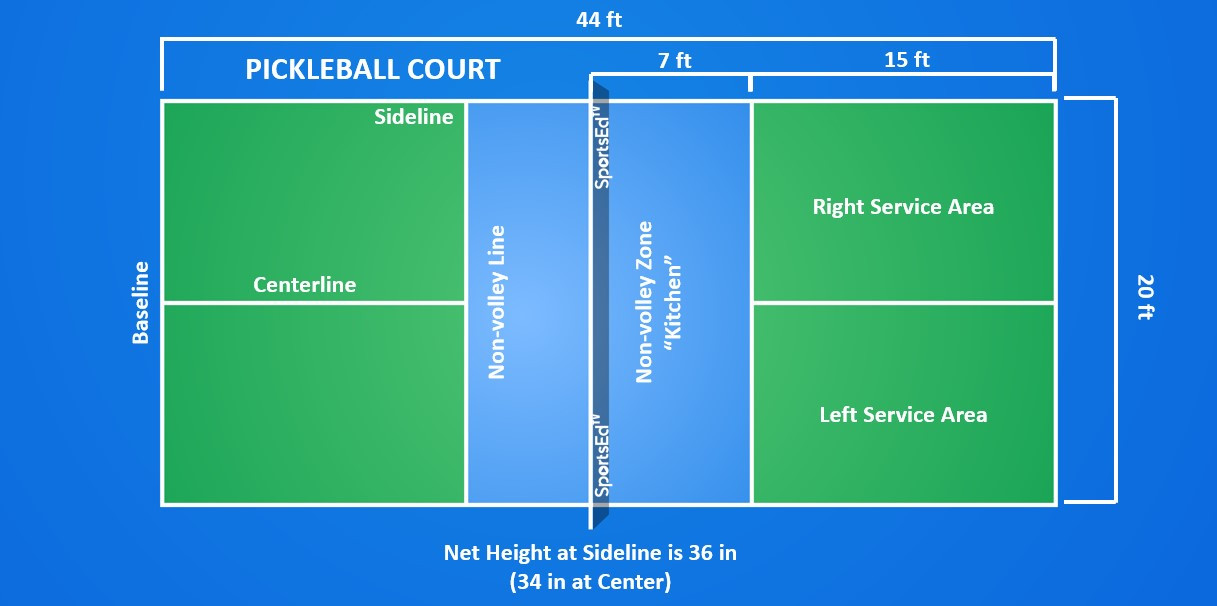
Now that you're familiar with the court let's talk about the equipment needed to play pickleball. The most important piece of equipment is the paddle, which is used to hit the ball. Pickleball paddles are made from a variety of materials, including wood, composite, and graphite. The weight and size of the paddle can also vary, so it's important to choose a paddle that feels comfortable in your hand. In addition to a paddle, you'll also need a pickleball, which is similar in size to a wiffle ball but with smaller holes.
Pickleball Rules
Now that you know the basics of the court and equipment, it's time to dive into the rules of pickleball. Pickleball is played with either two or four players, and the objective of the game is to score points by hitting the ball over the net and within the boundaries of the court. The game begins with a serve, and the serving team must hit the ball diagonally to the opponent's court.
One of the unique aspects of pickleball is the "double bounce" rule. This means that the ball must bounce once on each side of the net before players can hit the ball in the air. After the first two bounces, the ball can be volleyed, or hit in the air, but it must still land within the boundaries of the court.
Other important rules to keep in mind include the "non-volley zone," or "kitchen," which is a seven-foot area on each side of the net where players are not allowed to volley the ball. Additionally, points can only be scored by the serving team, and games are typically played to 11 points with a two-point lead.
While these are just the basic rules of pickleball, there are many more rules to learn as you become more advanced in the game. But don't worry because, with practice and experience, you'll become a pro in no time!
Pickleball Scoring System
In pickleball, points are scored by the serving team, and games are typically played to 11 points with a two-point lead. (in many tournaments, the score goes to 15 or 21).
However, there are some additional rules to keep in mind when scoring. For example, if the serving team wins the rally, they get a point, and the same player serves again. If the receiving team wins the rally, they do not get a point, but they do get to serve.
Another important aspect of the scoring system is "side out." This occurs when the serving team makes a fault or loses the rally, and the serve switches to the other team. In addition, when the score reaches 10-10, the game needs to be won by at least 2 points (12-10 or 13-11,…)
While the scoring system in pickleball can be a bit confusing at first, it's important to keep these rules in mind and practice regularly to improve your skills and strategy on the court.
Pickleball Strategies for Singles and Doubles
Now that you're familiar with the rules and scoring system let's talk about some basic strategies for playing pickleball. In singles play, it's important to stay on the move and keep your opponent guessing. This means hitting shots to different areas of the court and mixing up your serve to keep your opponent off-balance.
In doubles play, communication is key. You and your partner should work together to cover as much of the court as possible and anticipate each other's shots. One effective strategy in doubles is to hit shots to the middle of the court, which can create confusion and force your opponents to make errors.
Another important strategy in both singles and doubles is to watch your opponent's body language and anticipate their next shot. By paying attention to their footwork and body position, you can get a sense of where they're going to hit the ball and prepare to make a return.
Of course, there are many more advanced strategies to learn as you become more experienced in the game. But by focusing on these basic strategies, you can improve your performance and have more fun on the court.
Basic Pickleball Techniques - Serve, Return, Dink, and Smash
Now that you're familiar with the rules and strategies of pickleball let's talk about some basic techniques for hitting the ball. The first technique to master is the serve, which is used to begin each point. To serve, stand behind the baseline and hit the ball diagonally to the opponent's court.
Another important technique is the return, which is used to respond to your opponent's serve. When returning a serve, focus on hitting the ball deep into the opponent's court to give yourself time to get into position.
A third technique to master is the dink, which is a soft shot that is used to place the ball in a specific location on the court. Dinks are often used in doubles play to create confusion and force your opponents out of position.
Finally, the smash is a powerful shot that is used to hit the ball hard and fast over the net. Smashes are often used to end a rally and score a point.
By practicing these basic techniques regularly, you can improve your skills and become a more effective player on the court.
Advanced Pickleball Techniques - Lob, Drop Shot, and Spin
Once you've mastered the basics of pickleball, it's time to move on to some more advanced techniques. One of these techniques is the lob, which is a high, arching shot that is used to hit the ball over your opponent's head. Lobs can be difficult to execute but can be very effective in certain situations, such as when your opponent is playing at the net.
Another advanced technique is the third drop shot, which is a soft shot that is hit from the backcourt after the serve and return of serve. The goal is to hit the ball into the non-volley zone (the kitchen) and create an opportunity to move forward and take control of the point. However, the third shot drop can be one of the most challenging shots to execute.
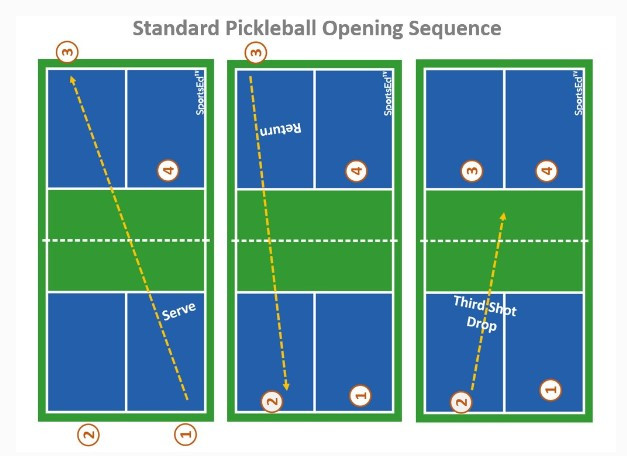
Here is an opening sequence presented by Hendrik Marik
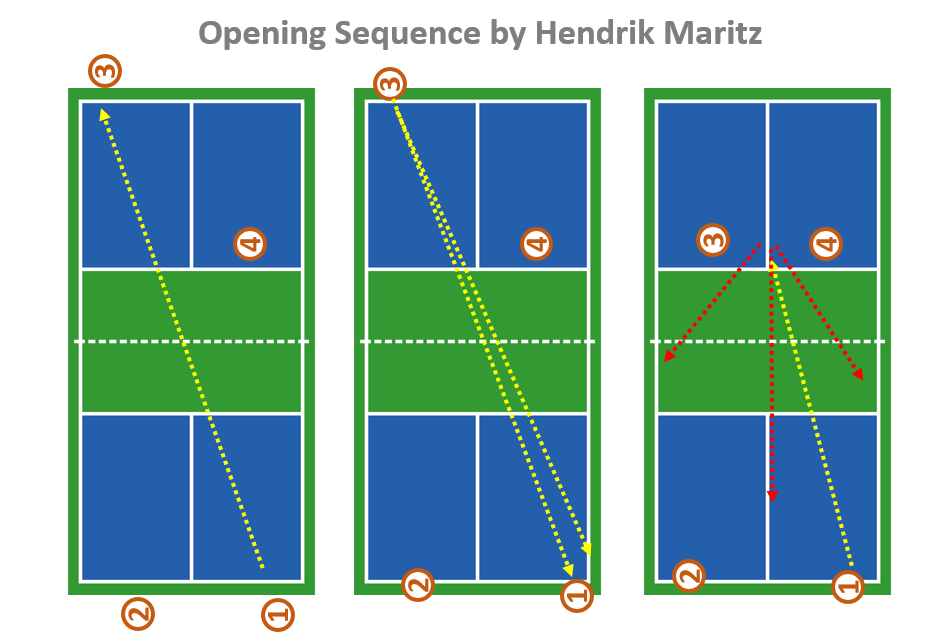
Finally, spin can be a very effective tool in pickleball. Applying spin to the ball can make it more difficult for your opponent to return and create more variation in your shots.
As with any advanced technique, it's important to practice regularly and gradually incorporate these techniques into your game.
Pickleball Etiquettes and Safety Tips
While pickleball is a fun and exciting game, it's important to keep safety in mind at all times. One important safety tip is to always wear proper footwear that provides good traction on the court. In addition, make sure to stay hydrated and take breaks as needed to prevent injury.
Another aspect of pickleball to keep in mind is etiquette. It's important to be a good sport and play with integrity, even in the heat of competition. This means following the rules of the game, respecting your opponents, and being gracious in both victory and defeat.
Additionally, it's important to be mindful of your surroundings and avoid interfering with other players on nearby courts. If you're playing in a public area, be respectful of others who may be using the space for different activities.
By keeping these etiquette and safety tips in mind, you can ensure that everyone has a fun and enjoyable experience on the court.
Pickleball Competitions and Tournaments
If you're looking to take your pickleball skills to the next level, consider participating in a competition or tournament. There are many local and national pickleball tournaments held throughout the year, and these events offer a chance to meet new players, improve your skills, and have fun.
Before entering a competition or tournament, make sure to review the rules and regulations and practice regularly to prepare. It's also a good idea to attend local pickleball events and meetups to get to know other players and gain experience on the court.
Remember, the most important thing is to have fun and enjoy the game, whether you're playing for recreation or competition. Read more on pickleball tournaments.
Pickleball Resources - Books, Videos, and Websites
If you're looking to improve your pickleball skills, there are many resources available to help you. One option is to read our Pickleball blogs and articles about the game, which can provide useful tips and strategies for improving your performance.
Another option is to watch videos and tutorials on SportsEdTV, which can give you a visual representation of the techniques and strategies discussed in this guide.
Finally, joining a local pickleball community can be a great way to connect with other players, learn new skills, and get involved in tournaments and events. Check your local recreation center or community center for information on pickleball leagues and meetups in your area.
By taking advantage of these resources, you can improve your skills and have more fun on the court.
Conclusion
Pickleball is a fun and exciting game that offers a great way to stay active and socialize with friends. Whether you're a seasoned athlete or a complete beginner, this ultimate guide to pickleball has everything you need to get started, including the rules of the game, basic strategies and techniques, equipment recommendations, and even tips for finding a local pickleball community. By practicing regularly and incorporating these tips and strategies into your game, you can improve your skills and have a blast on the court. So let's grab our paddles and get ready to play some pickleball!




